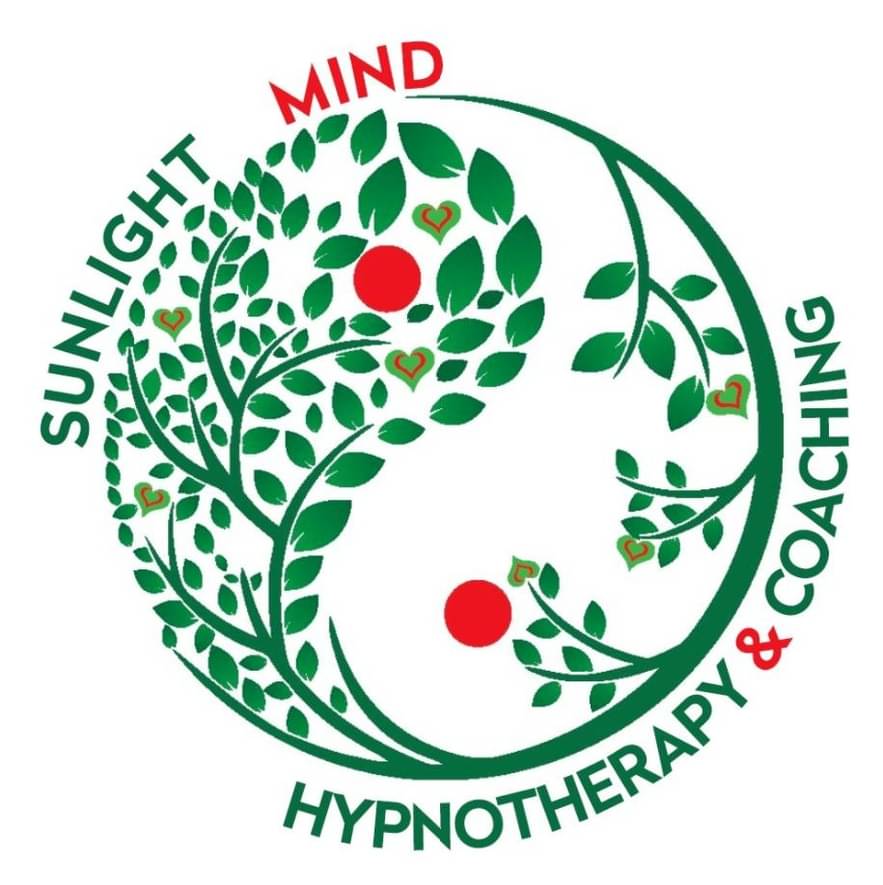For many working adults, one of the most difficult things about meditation can be finding the time to squeeze a session into your busy schedule.
Try these 3 techniques that make meditating convenient and relaxing.
Meditating for Five Minutes or Less
Eventually you may decide to devote more time and effort to meditation to realize greater insights, but even small doses can calm your mind. Each day brings many opportunities for contemplation.
- Stop on red. You may start looking forward to red lights if you use them for a refreshing break. Focus on your breath and appreciate the world around you.
- Take advantage of routine tasks. Empty your mind and your dishwasher at the same time. As you remove forks and plates, clear out nagging resentments and doubts.
- Ease stressful moments. Meditate on whatever disturbs you. Being annoyed with a salesclerk who rang up your purchase without putting down their phone could remind you to listen more attentively to family and friends. Let it be a teachable moment that creates more harmony.
- Express gratitude. Happy events are also worth pondering. Stop to give thanks for hot chocolate or spring flowers.
Meditating in Groups
One common obstacle to meditation is that you may not find an opportunity beforehand to plan what to do. Guided sessions with a group leader take care of the agenda for you.
- Find a community. Yoga studios, public libraries, and local hospitals may offer programs. Browse online or check bulletin boards in grocery stores and coffee shops. Start your own group through Meetup.
- Talk with your instructor. Effective instructors come in many shapes and sizes. Ask about why they teach meditation and how they lead a session. As long as you feel comfortable with them it may be a good fit.
- Work with distractions. Meditating in a crowded room may feel different than sitting down alone in your bedroom. If trying to screen out distractions makes it difficult to concentrate, try accepting them instead. Remain aware of your surroundings. If a door slams or a phone rings, gently bring your focus back when you’re ready to resume.
- Go at your own pace. Meditation comes more easily for some practitioners, and your powers of concentration will probably rise and fall from day to day. Listen to the instructor when you need more guidance. If you already feel clear and connected, you may want to follow your own thoughts instead.
Meditating While Walking
Sitting meditation usually provides the greatest benefits, but you may need to start with small steps. Walking meditation is useful for beginners or as an alternative on days when a regular session isn’t feasible.
- Clear an area. Stay safe by walking around your own living room or back yard. If you want a change of scenery, try a public garden with a smooth path during the work day when there’s little foot traffic. Wherever you go, keep your eyes slightly open.
- Scan your body. Walking automatically puts you in touch with your body. Observe your posture from foot to head. Stretch out and massage any sore spots.
- Move deliberately. Take a moment to stand up straight. Lift each foot gently, and roll from heel to toe as you place it down in front of you. Align your breath with your steps. Pause frequently to create a slow and restful state of mind.
You can start a meditation practice today even if you’re short on time and juggling many responsibilities. Practical meditation techniques can put you on the path to managing stress and enjoying greater peace of mind.

